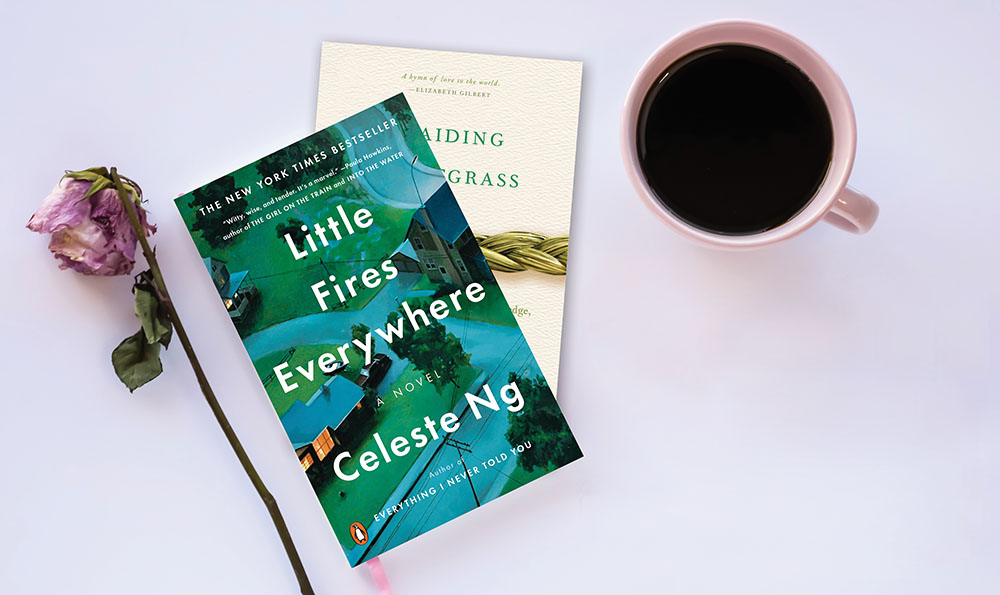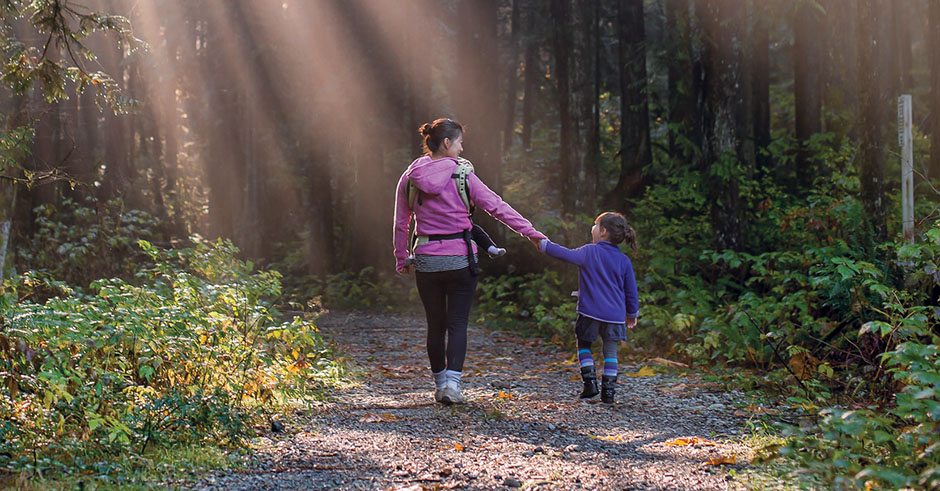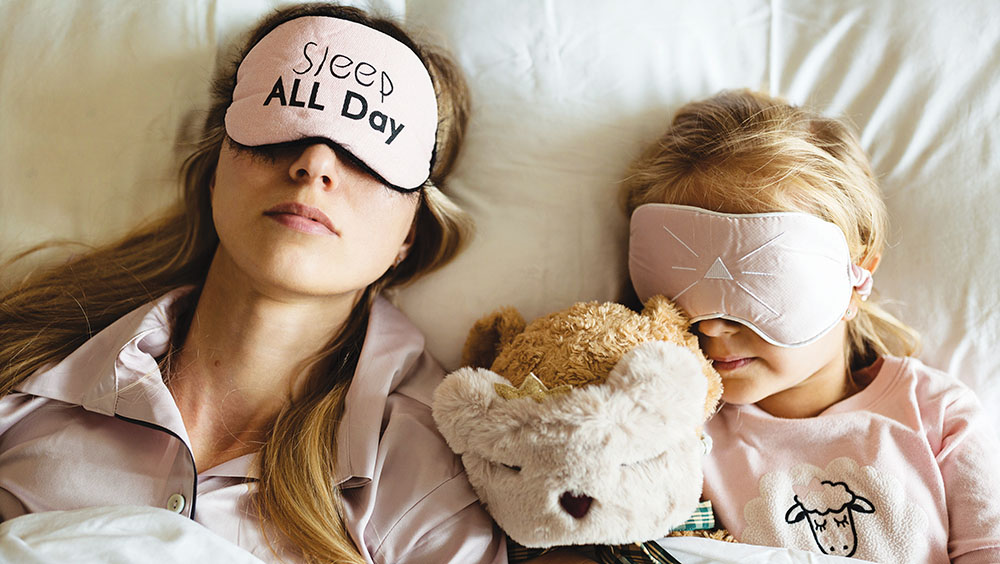
Books that Inspire
By Cheri Torres
I am inspired by two books I recently read: Little Fires Everywhere, by Celeste Ng, and Braiding Sweetgrass, by Robin Wall Kimmerer. Each of these wonderful storytellers pave the way for meaningful conversation about a critical topic. What delights me is the way they frame the conversations. They invite us to see the complexity of reality and ask us to recognize how detrimental it is to see things from narrow, objective, non-relational perspectives. What each of these books have in common is their invitation to see the world through the eyes of the artist and poet. To see reality from a more holistic perspective and to embrace multiple ways of knowing the world.
Celeste Ng’s story brings the reader into the complex world of privilege and discrimination in ways that allow us to see how systems of privilege stifle authenticity and genuine meaningful living at all levels. Exposed to each character’s hopes, perspectives, and pain, we have the opportunity to see how polarity and positioning around important decisions gives way to the system, leaving little room for authentic choice. The artist’s view, however, invites us to see beneath a character’s thoughts and emotions, to see the spiritual crisis the current system generates for everyone in it. She gives us a window into a world where people are seen, where genuine relationships might allow us to connect, deepen understanding, and find a way forward that defined by ‘us’ instead of the system.
How might we foster conversations about racial justice that allow us to make room to hear one another’s stories, to bear witness to one another’s struggle to be human, and to share a commitment to creating a world that works for everyone. The two practices from Conversations Worth Having support such conversations: create a positive frame for the conversation and ask generative questions. For example, positive frames and generative questions for conversations around equity and racial justice might be:
• Frame: Connecting through Our Stories
• Tell me about a time of struggle in your life and how you dealt/deal with it. What do you most value about yourself and others in your story?
• How does our current system of inequity negatively impact you?
• How is our current system impacting you and your ability to thrive?
• How do your strengths and privileges show up in your life? How might they help us move toward an equitable system?
• Frame: Creating Share Images of the Future
• What three wishes do you have for the future?
• What would genuine equity in our schools look like?
• Imagine community decision making was equitable. What would be different? How would we know it was equitable and just?
• Frame: Developing Pathways Toward Equity
• What steps might be taken to ensure equity?
• What three things can we do to get started?
• How can we design our schools and train our teachers to ensure equity?
In Braiding Sweetgrass, Dr. Kimmerer invites us out of the polarization around climate change by showing us a more whole way of seeing the world. Emphasizing relationships, she encourages us to embrace multiple ways of knowing in order to inform a broader perspective of the world around us. Instead of either/or, black and white thinking, we are encouraged to recognize the world as both object and subject, both material and metaphysical. Instead of polarity, the invitation is to come into relationship with nature, to see our connection and interdependence so that we can have conversations at a level that just might allow us to find ways forward.
Again, the two practices from Conversations Worth Having are of value. Sharing our stories helps us connect to one another, opening the door for us to discover our commonalities around important topics. Framing further conversation to support possibilities for the future creates a bridge for us to move forward together. For example:
Frame 1: Our Common Connections to Nature
• Tell me about a time in your life when you felt most connected to nature. What did you value about yourself? What did you value about nature?
• How does nature and our environment impact you, your family, and our community?
• What is your relationship with nature and the environment?
Frame 2: A Shared Vision for Our Relationship with the Environment
• Imagine we had a relationship with nature and our environment that was mutually beneficial.
What might that look like?
• If we redesigned our neighborhoods and communities to embrace nature and nurture flourishing, what would they look like?
• Imagine you have an intimate and positive relationship with all of nature. What would that mean for you? How would you benefit? How would nature benefit?
Frame 3: Designing for Wholeness
• What can we do now to create neighborhoods and communities that embrace nature and nurture flourishing?
• What three things can each of us do to feel connected to nature each day?
• What action might the city take to ensure our environment thrives so that we can thrive? What role can we play in making that possible?
Whether you are reading books that inspire conversations about vital topics or not, such conversations are essential to our future. I invite you to join me in shifting those conversations away from the personal—us against them, me vs. you, one right way, mine—and toward dialogue that helps us find common ground, allows us to envision futures that work well for the whole, and creates possibilities for collaborative action. I actually want to do more than invite you to join me, I implore you to do so. The lives of our children and our children’s children quite literally depend upon it.
Cheri Torres is an author and speaker cheritorres.com. You can download a free Conversation Toolkit and learn more sparking great conversations at ConversationsWorthHaving.today.




